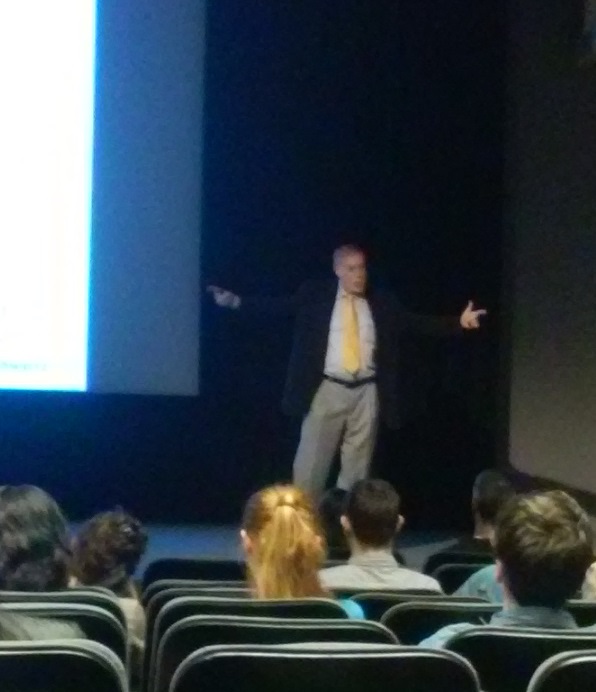By John Collier, GOPC Research & Conference Support Intern, and Jon Honeck, GOPC Senior Policy Fellow The United States Government Accountability Office recently released a report on the water infrastructure dilemma occurring in the United States’ mid-sized and large cities with declining population. GAO’s analysis was requested by Congressman Paul Tonko (D-NY), to understand the unique challenges these cities face in repairing and replacing water and sewer infrastructure. The GAO noted that U.S. Environmental Protection Agency (EPA) surveys of water utilities estimate that over 20 years, $655 billion will have to be spent to maintain, replace, or upgrade the country’s water infrastructure.
GAO interviewed water and wastewater utility officials in 10 cities in the Midwest and Northeast, including Youngstown, Ohio, that experienced large population declines between 1980 and 2010. Youngstown lost 42% of its population over this time frame. GAO acknowledged that mid-sized to larger cities with declining populations are generally more economically distressed, and suffer from higher unemployment, higher poverty rates, and lower median incomes. These cities, whose peak population typically was in the 1950s and 1960s, suffer from decreased revenue and increased costs. The characteristics of these legacy cities put them in a unique financial bind.
Nearly all the cities in the report expressed concerns over their ability to control combined sewer overflows. Outdated infrastructure in these legacy cities needs updated, but their financial situation makes this difficult. All the selected cities in the report have raised utility rates in an effort to raise more revenue, but this results in affordability problems for low-income households. Low-income households in Youngstown now pay over 8% of their median income for their water and sewer bills on a combined basis, well above EPA guidelines for affordability of 3%. Although Youngstown and other cities have established payment plans to make utility access affordable for lower-income households, it does not discount bills for low-income households, and the prospect of future rate increases will continue to make affordability difficult.
One of the interesting findings from the report was that the utilities in the study are adopting asset management plans, but it is very difficult to downsize or “rightsize” their infrastructure despite large areas of vacant housing or vacant land. Asset management refers to creating a comprehensive inventory of the utility assets and their condition, and integrating this data with maintenance and capital planning. The utilities noted that downsizing was difficult because they still had to service a few houses in each block, or maintain lines through vacant areas in order to reach neighborhoods farther away. This response illustrates how difficult it is to separate infrastructure planning from overall land use planning.
Greater Ohio Policy Center considers the modernization of Ohio’s water infrastructure a critical issue. GOPC has conducted an assessment of the issues Ohio’s legacy cities face, and the need for additional mechanisms, such as green infrastructure as an alternative stormwater management tool. We believe that asset management and regional consolidation are key outcomes that could be accelerated with additional state incentives.
More information about water infrastructure and links to GOPC’s reports can be found Here.







